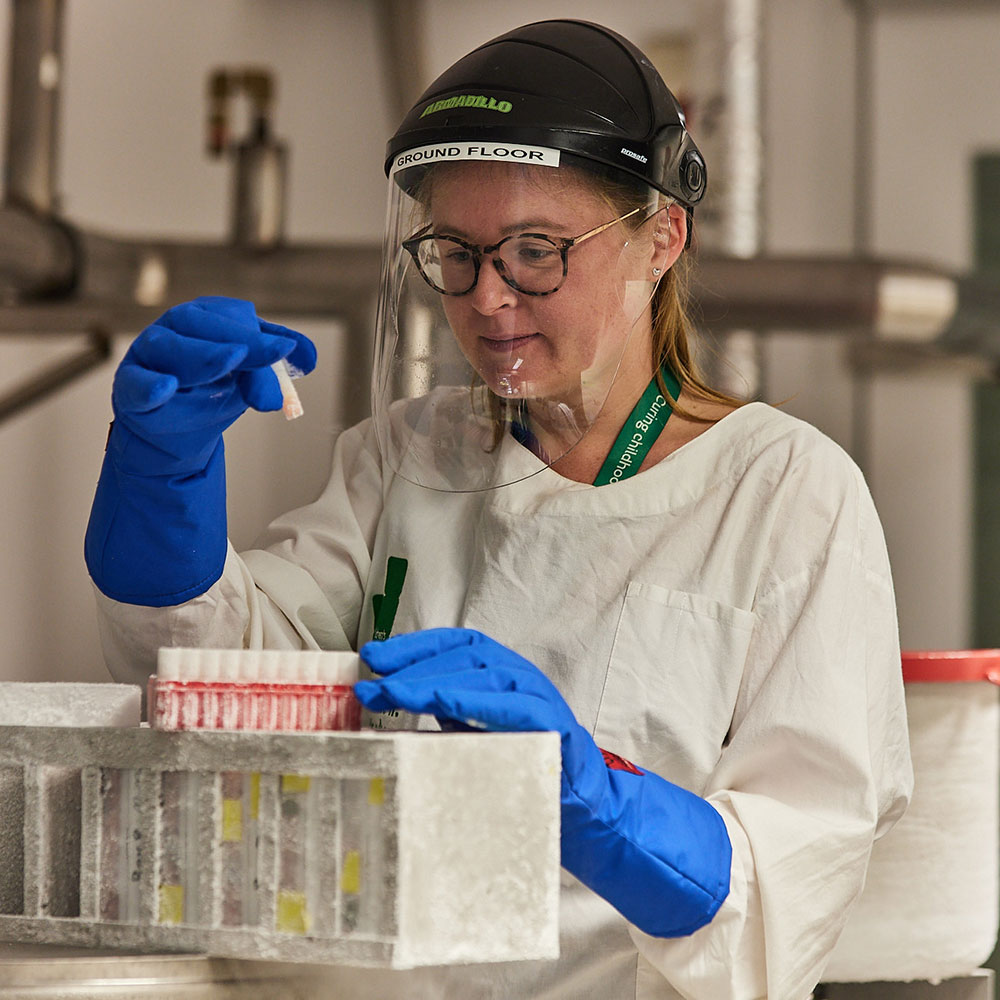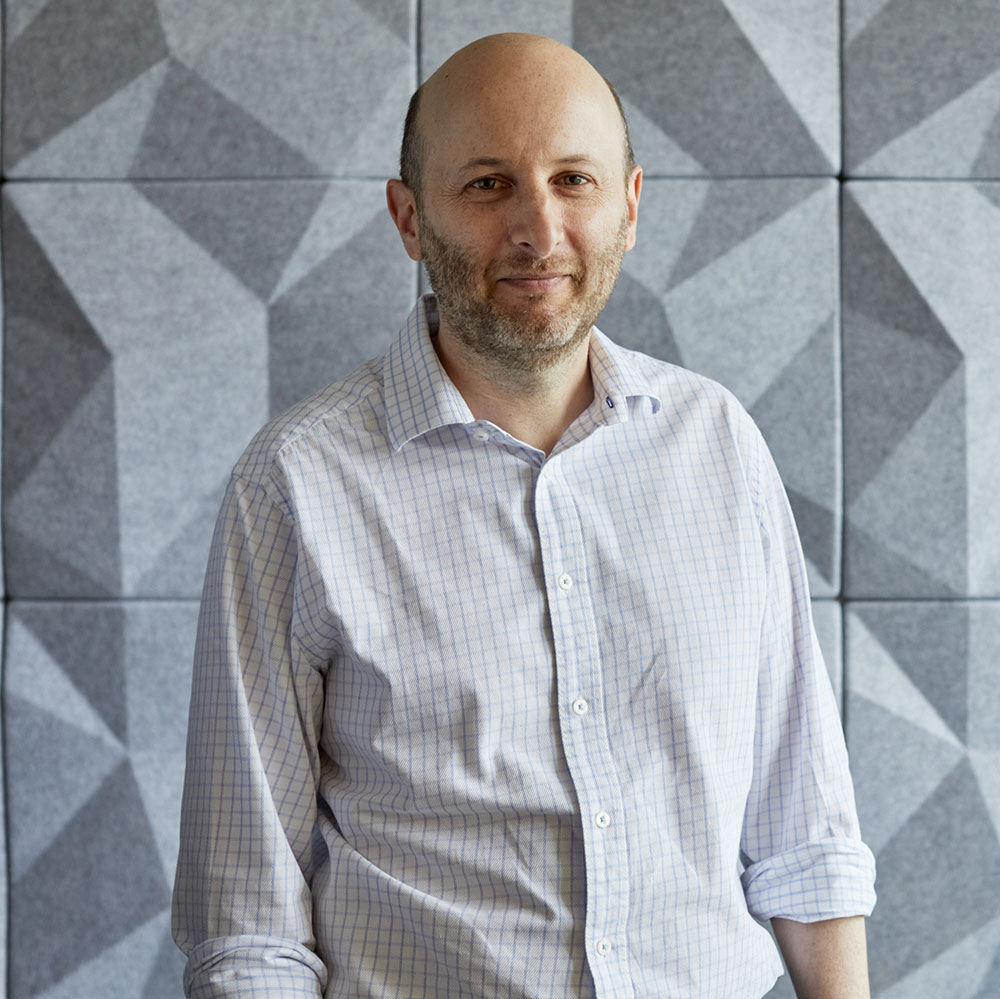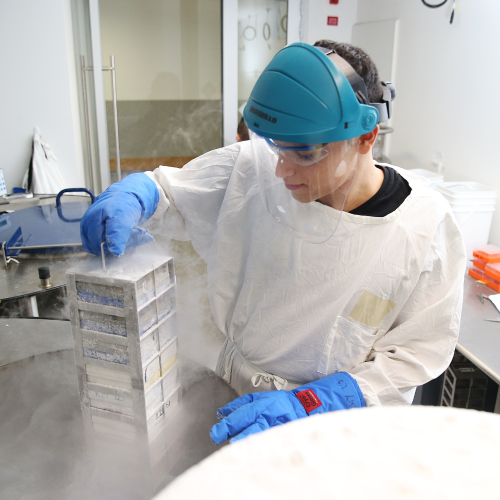A generous grant from the Australian Cancer Research Foundation (ACRF) will allow us to develop a revolutionary new way to diagnose cancer in children, as well as to monitor its progress over time. But why do we need a new test? Let’s take a step back and look at how it’s done today…
How and why a tumour biopsy is done
Currently, to diagnose cancer in a child, a biopsy needs to be done. A biopsy is when a small amount of tissue (for example, part of a lump or tumour) is taken under anaesthetic, and examined under a microscope to see what its cells look like. This is an invasive procedure that often causes distress both for the child and their family, especially when the tumour is growing in an area that’s particularly sensitive to damage, like the brain.
Wouldn’t it be great if there was a better way to do it? A much less invasive test that didn’t cause as much damage and distress, and which provided much more detailed information about the cancer? Well, that’s exactly what we aim to develop here at Children’s Cancer Institute, through the ACRF Child Cancer Liquid Biopsy Program.
So what is liquid biopsy?
Liquid biopsy is the name of a test which involves taking a small sample of blood or lymph (a special fluid that circulates in your body) to test for cancer. Because blood and lymph are easy to access, this is a much simpler and less invasive procedure than a traditional tumour biopsy.
When cancer spreads in the body, it releases circulating tumour cells (CTCs) or circulating tumour DNA (ctDNA) into the blood and lymph. This is what shows up when the blood or lymph are sampled via liquid biopsy.
Why is liquid biopsy so good – what can it tell us?
Liquid biopsy is a much more sensitive test than tumour biopsy – it can provide a lot more information about the cells it samples. This information can not only be used to diagnose the specific type of cancer, but also help doctors decide which treatment is most likely to work against it.
Clearly, it’s important that a child is getting the right treatment, so they have the best chance of getting better. But more than that, no one wants to expose a child to a toxic drug that could cause unwanted side effects but not actually harm or kill the cancer.
There’s more. Because liquid biopsy is easy to do, it can be done repeatedly at different times. If doctors know when and how a child’s cancer is changing during treatment, they have the option of changing the child’s treatment in response. In effect, liquid biopsy could not only allow the early prediction of relapse, but could also give doctors the chance of trying to prevent relapse from happening.
The value of liquid biopsy for research
In addition to its obvious benefits for patients, the results from liquid biopsy will give scientists a whole lot of new information about how cancer develops and progresses. Analysing the genetic material inside cancer cells and seeing how it changes over time will answer important questions about how cancer grows and survives treatment. This could lead to a whole range of new and exciting therapies that improve survival in children with cancer, as well as improve quality of life for survivors. And that’s something we all want to see.














